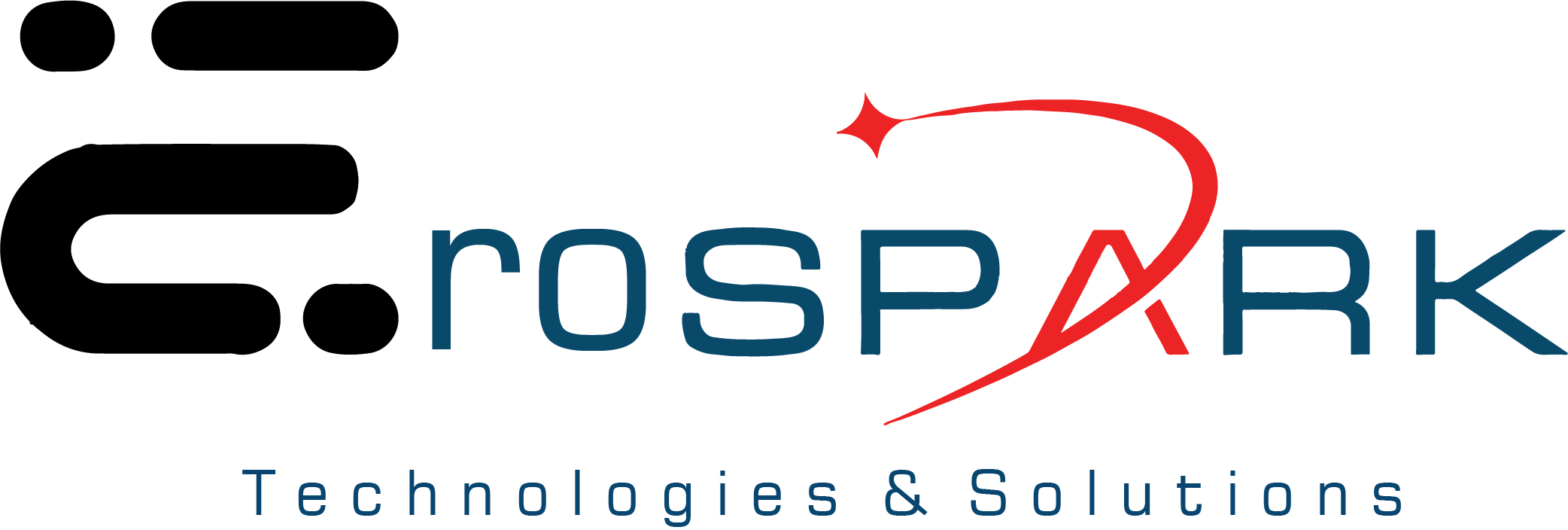Web development
Web development involves creating and maintaining websites and web applications that are accessible through the internet. It encompasses everything from building a simple static webpage to complex web applications, e-commerce platforms, and social media sites.
Web development is generally divided into two main categories: front-end and back-end development, with full-stack development covering both.
Key Areas in Web Development
Front-End Development
Frameworks such as React, Angular, and Vue.js are widely used to build dynamic, interactive, and responsive web interfaces.
- Focuses on the user interface (UI) and user experience (UX) of a website.
- HTML (Hypertext Markup Language), CSS (Cascading Style Sheets), and JavaScript.
- React, Angular, and Vue.js are popular for creating interactive and responsive web interfaces.
- Front-end developers need to know responsive design, accessibility principles, and performance optimization.
Back-End Development
Back-end development focuses on managing the server-side functionality, database operations, and core application logic that power web applications.
- Languages like PHP, Python, Java, Ruby, and JavaScript (Node.js).
- Relational databases (MySQL, PostgreSQL) and NoSQL databases (MongoDB, Cassandra).
- Django (Python), Laravel (PHP), Spring (Java), Express (Node.js).
- Back-end developers should understand database management, server configuration, API development, and security.
- Setting up and maintaining servers to host the back-end application, ensuring proper performance and security.
Full-Stack Development
Full-Stack Development refers to the development of both the front-end and back-end portions of a web application.
- Covers both front-end and back-end development, allowing a developer to build and maintain the entire web application.
- Full-stack developers need to be proficient in front-end and back-end technologies and understand how to connect the two.
- Understanding both relational (SQL) and non-relational (NoSQL) databases such as MySQL, PostgreSQL, and MongoDB.
DevOps and Deployment
DevOps and deployment practices focus on streamlining the process of launching, scaling, and maintaining web applications efficiently and reliably.
- Manages the deployment, scaling, and maintenance of web applications.
- Docker, Kubernetes, Jenkins, and cloud platforms like AWS, Azure, or Google Cloud.
- Proficiency in version control (Git), continuous integration and continuous deployment (CI/CD), and server management.

